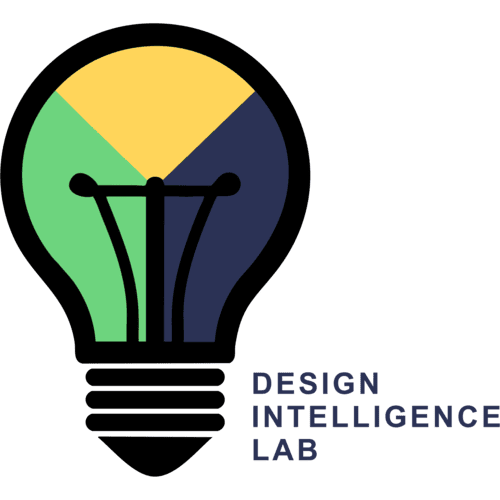Abstract
Cognitive dissonance refers to the mental discomfort a person experiences when simultaneously holding two conflicting values, beliefs, thoughts or feelings. In this work, we first change the level of aggregation of the cognitive agent, and observe that cultures, societies, organizations and teams too may have cognitive dissonance. We observe also that analogy often plays an important role in both the manifestation and the ultimate resolution of social cognitive dissonance. To explore this notion more systematically, we study cognitive dissonance in design teams. In practice, design typically is collaborative and often also interdisciplinary. One would expect significant cognitive dissonance on collaborative interdisciplinary design teams. Further, at least in theory, analogy is the core of human cognition. Thus, one would expect analogy to be manifested in several tasks in collaborative interdisciplinary design. In particular, we hypothesize that analogy plays an important role in the manifestation and the resolution of social cognitive dissonance in collaborative interdisciplinary design teams. We then describe a study into the roles of analogy in biologically inspired design. Biologically inspired design is based on analogies from biology to technology, and its practice typically is both collaborative and interdisciplinary. In this paper, we report on two findings from our research. Firstly, collaborative interdisciplinary design teams do have cognitive dissonance because the team members have different mental models. Secondly, analogy plays an important role in persuading team members to change their perspectives on the current problem and thus reduce cognitive dissonance.
